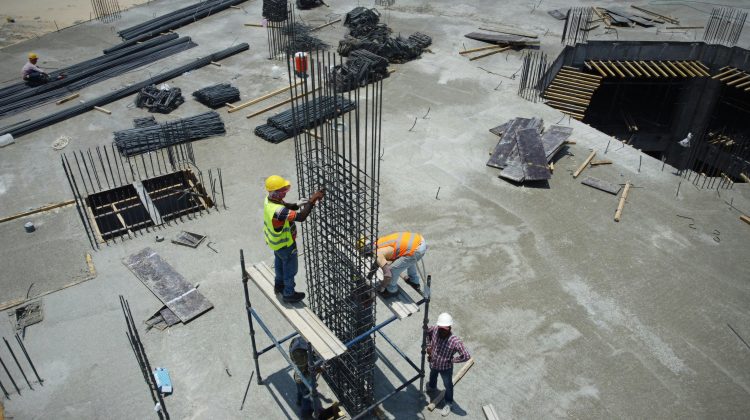With the major increase in remote work since the COVID-19 pandemic, many employees are wondering whether they are still covered under workers’ compensation insurance. Every state in the U.S. with the exception of Texas requires companies to carry some form of workers’ comp, but does that apply to those working from home?
For most remote employees, the answer is yes. Workers’ compensation has always applied to injuries that happen on the job, but not necessarily at the job location. For example if an electrician sustains an injury on a construction site, they are covered by workers’ comp despite not being at their company’s office. The same rule generally applies to remote employees.
Do You Need to Prove the Injury is Work-Related?
One question that often arises is: Do I need to prove that the injury relates to work? Yes, the burden will usually fall on the employee to prove that the injury was sustained while performing a task related to the job, in other words, while acting in the interest of the company. If the injury was sustained doing a personal task, it does not qualify. It may seem unfair to employers, since they have no control over the home environments of their workers, but despite being apart they still need to provide a safe working environment. Some companies offer to provide their remote workers with amenities such as ergonomic tools or tips.
The decision of whether an injury qualifies for workers’ comp will vary per state and company, but some states follow what’s called a ‘personal comfort’ doctrine. This means that if an employee is doing an essential task that is not related to work, such as getting up for a drink of water or to use the restroom, they should be covered in the case of an injury, such as tripping and falling. However, if the employee injured themselves on a knife while cooking their lunch, that probably wouldn’t qualify. Ultimately it will be up to the insurance company to determine if the injury is covered.
Examples of Remote Work Injuries
One example of work injuries that can happen at home are repetitive motion injuries, sometimes called repetitive stress or cumulative injuries. These include carpal tunnel syndrome, bursitis, tendinitis, and many more. There are many work injuries that are sustained slowly over time, from a consistent position like sitting or repetitive movements.
Carpal tunnel syndrome is one of the most common injuries from this injury category because of the wide use of computers. Having your body in the same position every day – typing on a keyboard and clicking a mouse – can aggravate your hands and arms. This injury causes swelling, pain, and reduced function in those areas.
Bursitis is another example of an injury caused by overuse. This disorder occurs when there is too much pressure on the bursae, which are sacs that cushion major joints like the shoulder and hip. The pressure causes inflammation, which can lead to more pain and less function if not treated. The best thing that can be done for these types of repetitive injuries is to avoid the repetition or add ergonomic tools. Companies who offer their employees the option of ergonomic workstations is the best way that employers can try and prevent work injuries at home and reduce the need for workers’ compensation.





No Comment